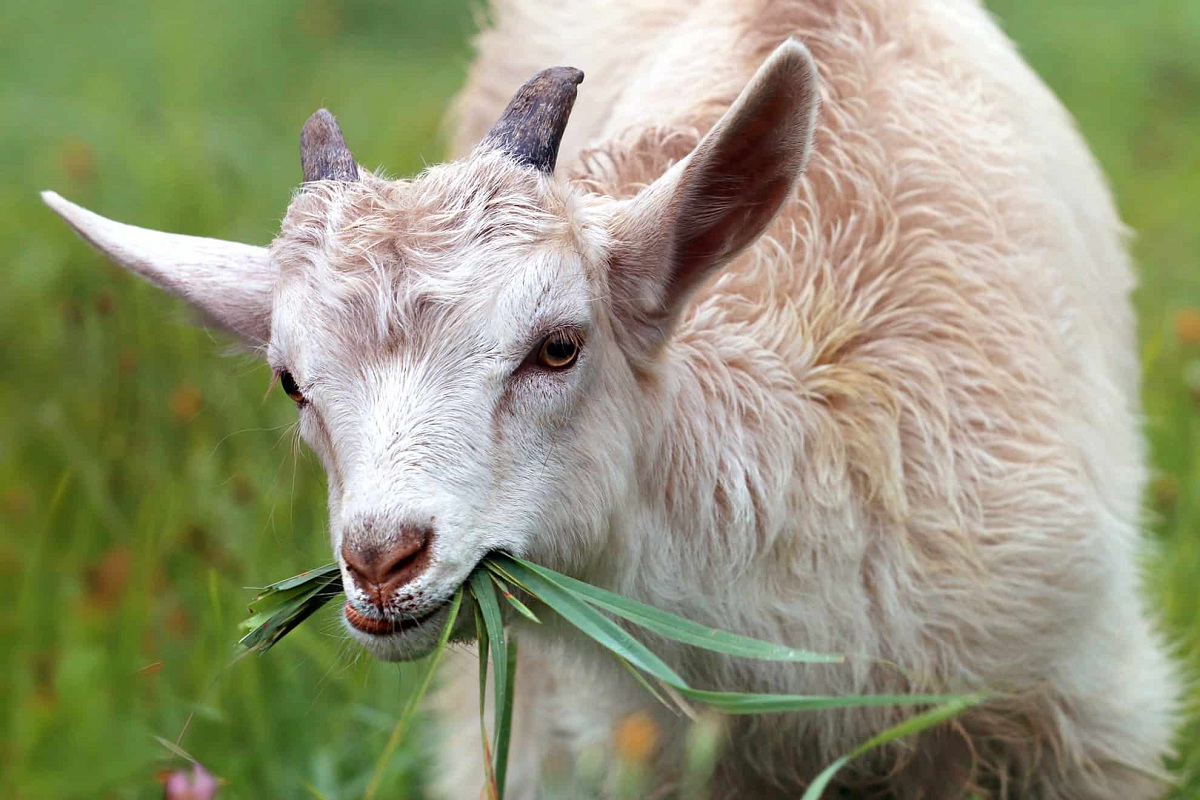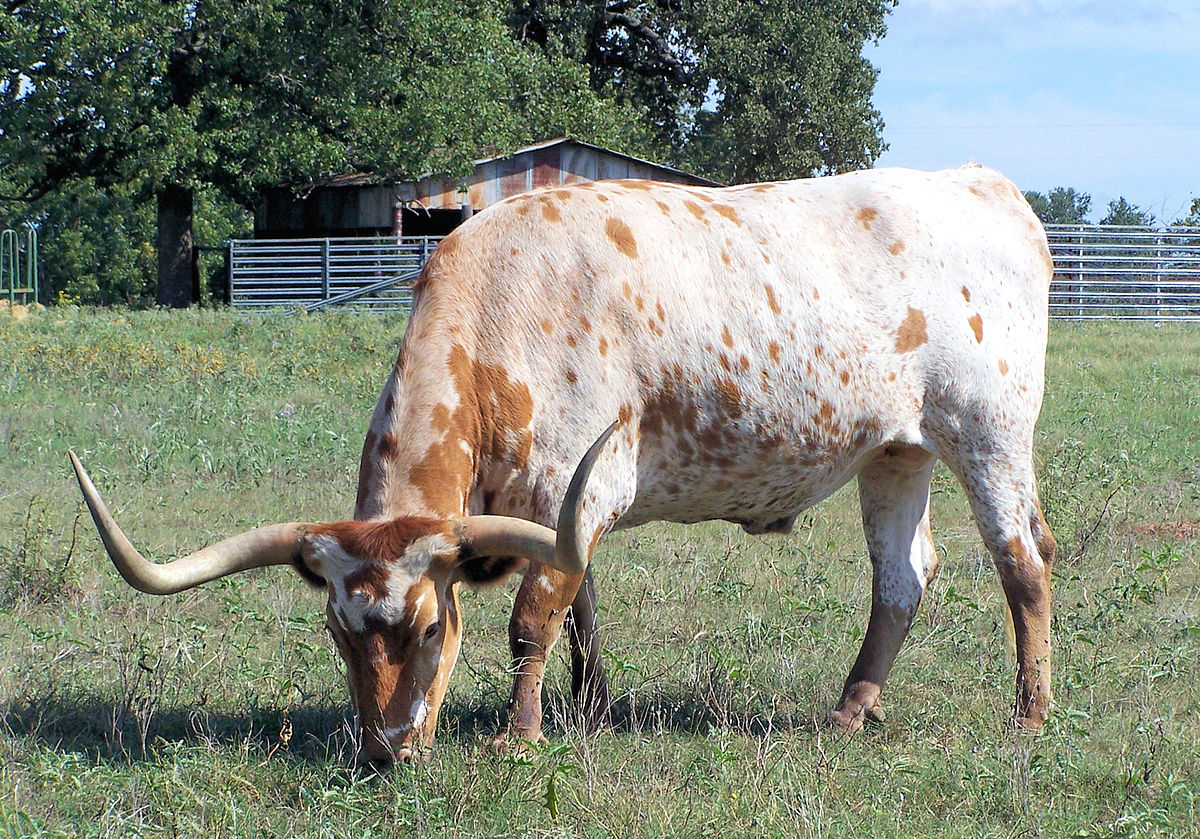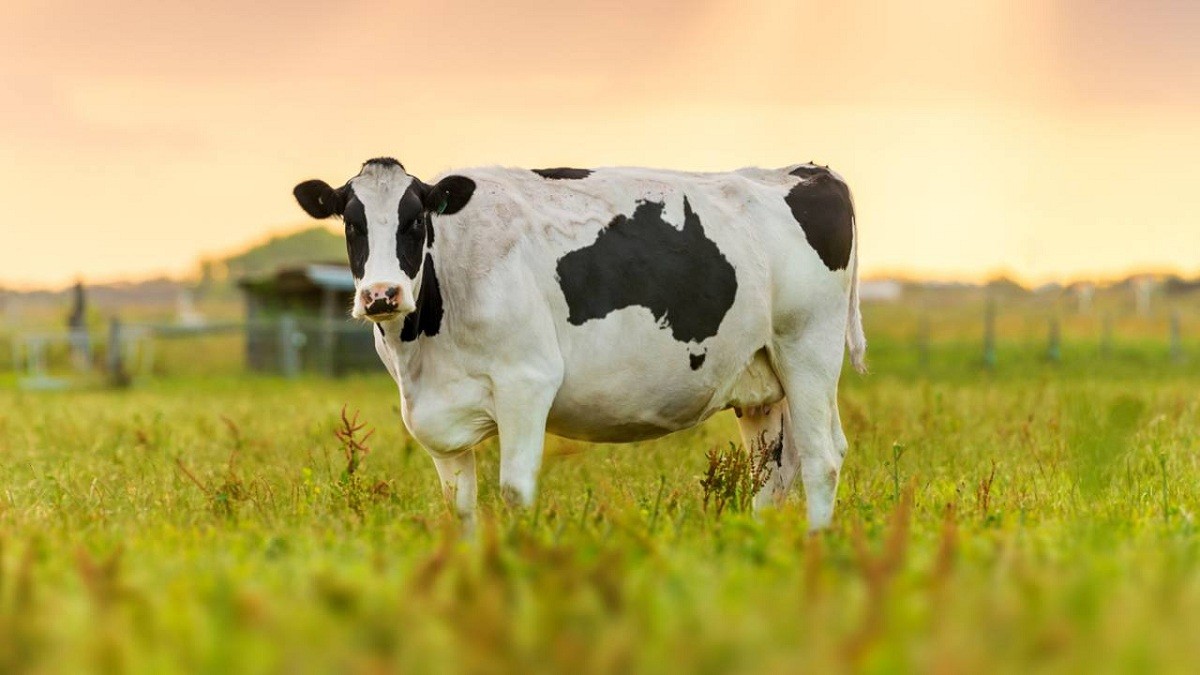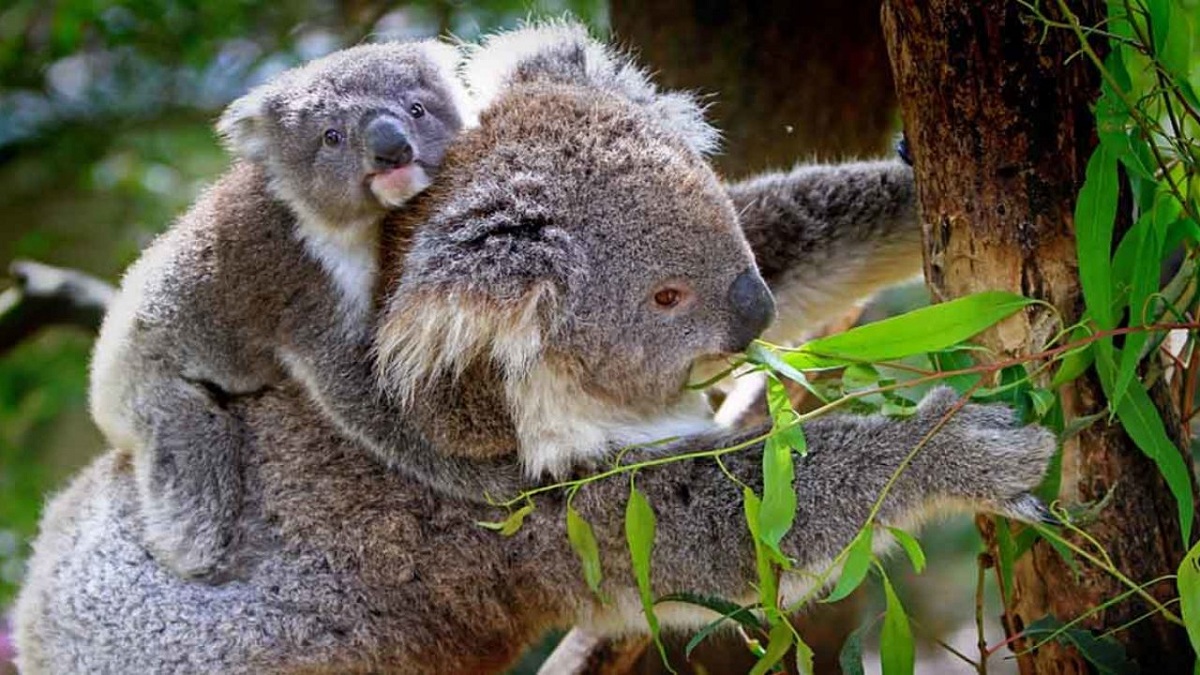
As we know, there are different types of animals on our planet. Today we are going to talk about herbivorous animals. It is about those animals that are fed exclusively on plants. It includes those species that consume only leaves, grasses, as well as those that feed on fruits and seeds.
In this article we are going to tell you everything you need to know about herbivorous animals, their characteristics and way of life.
Key features

In nature, animals must be governed by the prevailing environmental conditions. These conditions cause adaptations to survive the environment. One of them is the feeding mode. In this case, we are talking about animals that only consume plants, be they leaves, grasses, fruits and seeds. Herbivorous animal species they are much more abundant than carnivores and omnivores. This is because plants are the most abundant living beings on the entire planet. The scarcity of food resources for these animals is not usually a problem, unless the environment where they are found is inhospitable and hostile.
Herbivorous animals tend to have more elusive, passive and less aggressive behaviors. They usually spend most of their lives grazing and consuming food. All herbivores have a highly specialized digestive system for digestion and uptake of nutrients derived from plant tissues. The same goes for carnivores and omnivores. Each of them have digestive systems that are adapted to each of their lives in particular.
Because the nutritional content of vegetables is low, herbivores must consume large amounts of plants to introduce into their body the nutrients necessary for survival and development. They can not only be reduced to consuming plants, but also grains, seeds and fruits to be able to obtain enough energy to maintain the tissues and to reproduce.
We know that the food web is in charge of establishing a balance in the ecosystem. For this reason, many herbivores are part of the diet of other carnivorous animals, this is the reason why most of them live in large groups to protect themselves from predators. Most of these animals do not usually have claws, sharp teeth, or any other physical trait that is effective when it comes to defending themselves.
Morphology of herbivorous animals

We are going to see what are the main characteristics generated by the morphology of herbivorous animals.
Teeth
Herbivores' teeth are usually made up of large teeth and bones, but they are very shallow and totally flat. They are created to be able to grind plants well and be able to ruminate. The jaw of these animals is moved by strong muscles that give it strength to cut and crush the leaves and other plant organs. The teeth of herbivorous animals differ considerably from those of carnivores as they do not have sharp fangs. It is common for many species chew the same portion of food several times to facilitate its breakdown in the stomach. For their decomposition, numerous endogenous bacteria are used that are capable of dissolving the cellulose of the plant cell walls.
Digestive System
Herbivores can be separated into two groups according to their digestive system. Those who have a monogastric digestive system and those who have a polygastric digestive system. The first is much smaller than the second. It is made up of a single stomach and its main characteristic is that it has a considerably acidic pH. This favors the digestive process and prevents the proliferation of pathogenic microorganisms.
On the other hand, the polygastric system is more typical of animals that are known as ruminants. In this group are cows, sheep, goats and antelopes, among others. Your stomach is divided by mate a compartment. This digestion helps stimulate the growth of microorganisms that help to ferment the digested food to help degrade the cell wall of plant cells.
The stomach fragment may be regurgitated several times so that it can be chewed again and swallowed again. These animals can spend hours sitting on the ground to chew, regurgitate and swallow a single serving of food.
Types of herbivorous animals

Depending on the diet and the preference for specific parts of the plant, there are the following types of herbivorous animals:
- Frugivores: it feeds almost exclusively on the fruits of plants.
- Granivores: preferably consume seeds.
- Xylophages: they feed on wood.
- Nectarivores: whose main source of food is the nectar of flowers.
It is important to remember that this classification is quite informal, so it is usually not very helpful when trying to classify animals from a taxonomic point of view. This is because groups often include species that are vastly different from each other. There can be birds, insects, a fish.
Examples
We are going to give some examples of more well-known herbivorous animals:
- Rabbit: They are animals that feed mainly on leaves. They are particularly adapted to perform a faster digestion of large quantities of plant material.
- Cow: It is one of the largest and most abundant farm animals on the planet. It has a polygastric digestive system and is a ruminant. You can consume large amounts of grass in a short time. After that, it must spend a long time ruminating to regurgitate, chew and swallow again.
- Horse: it has strong teeth to be able to pull the leaves and fruits of the plant. It is a monogastric animal that performs a digestive process in a short time. As it is not a ruminant animal, its large intestine allows cellulose and other fermentable substrates to be used in the same way as ruminants.
- Termites: they are insects similar to ants but whiter in color. They are abundant and feed exclusively on wood. They are insects capable of digesting cellulose in their digestive system. They are usually associated with the microbes that live in your gut.
I hope that with this information you can learn more about herbivorous animals and their way of life.